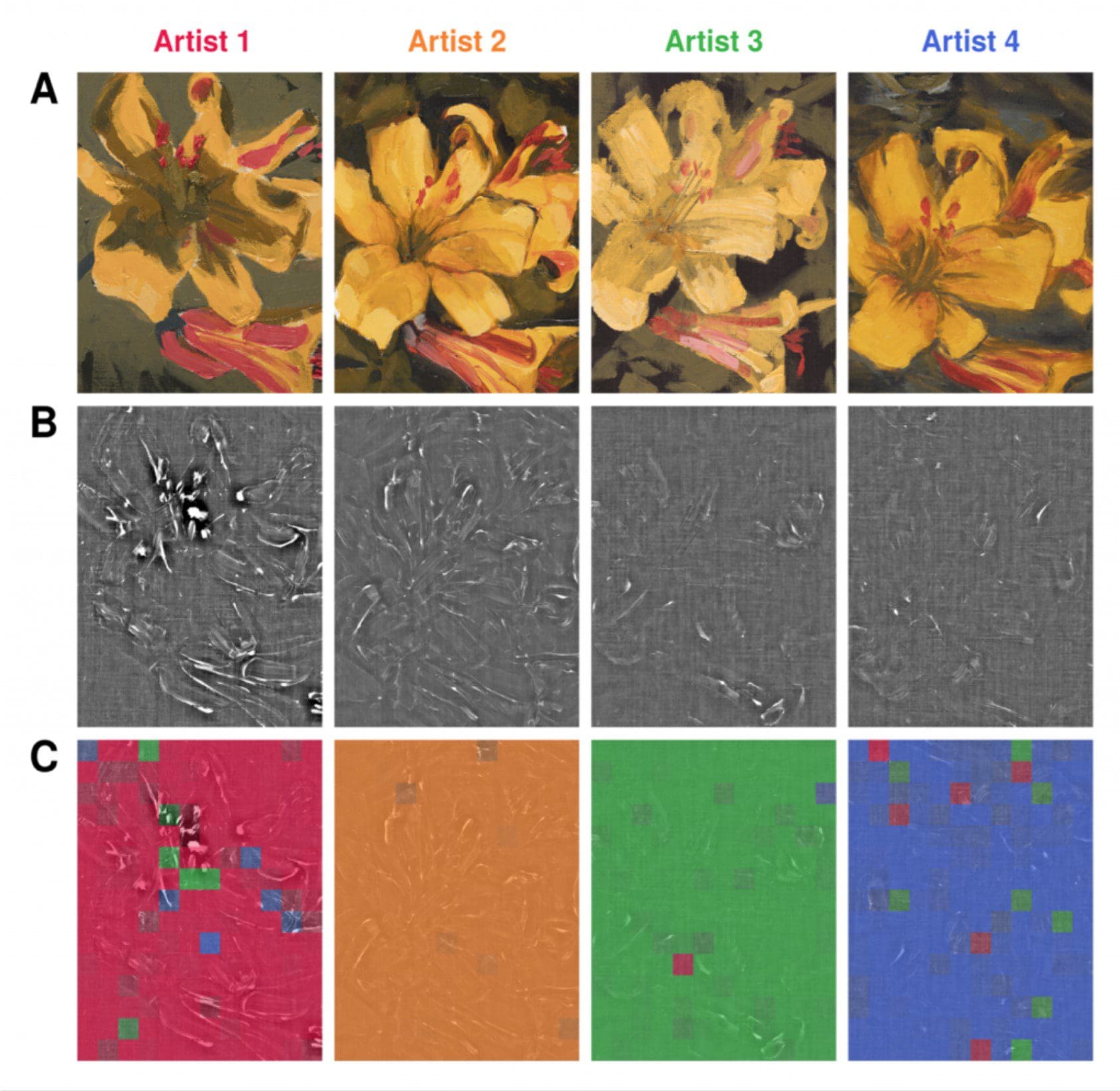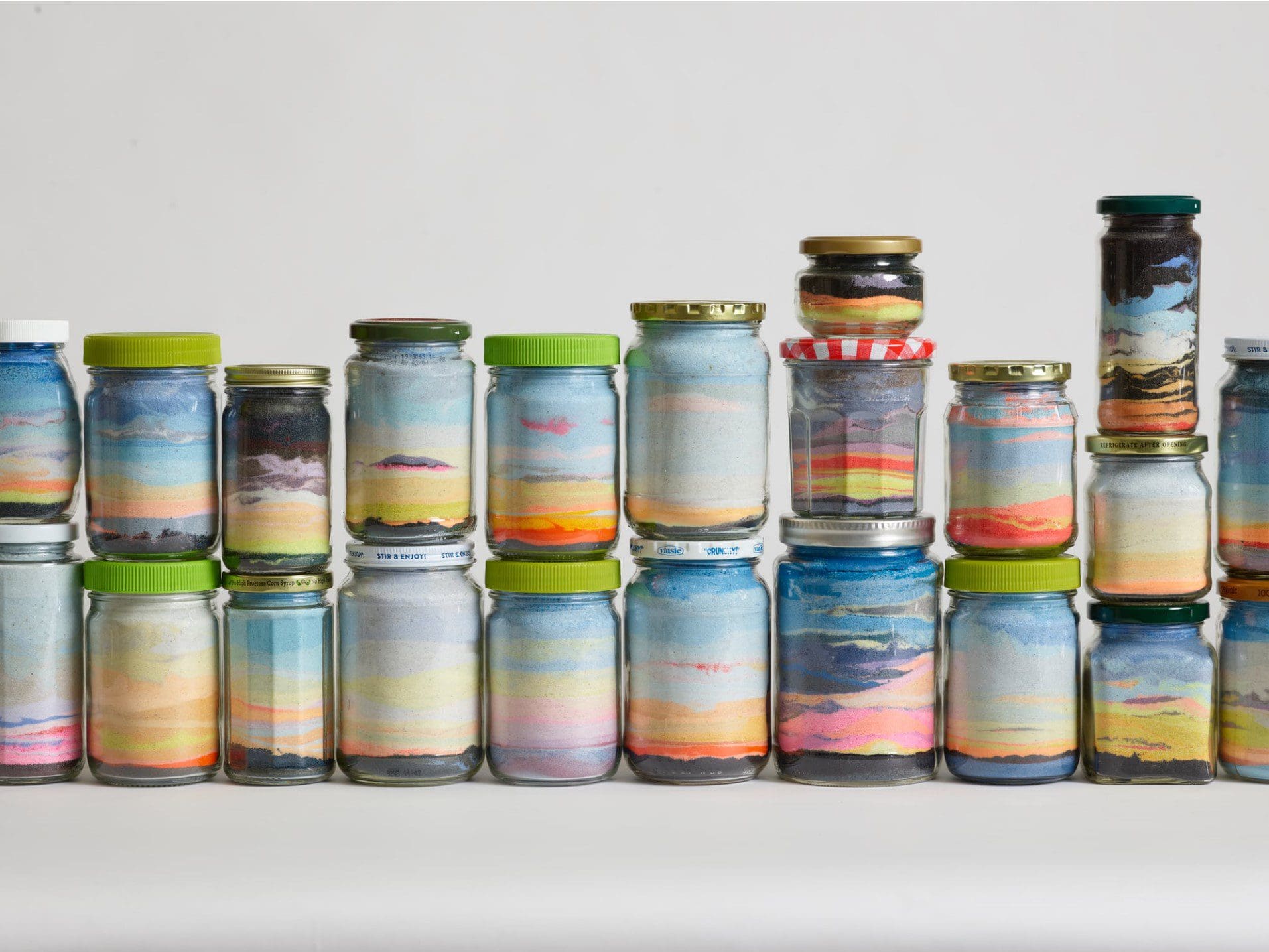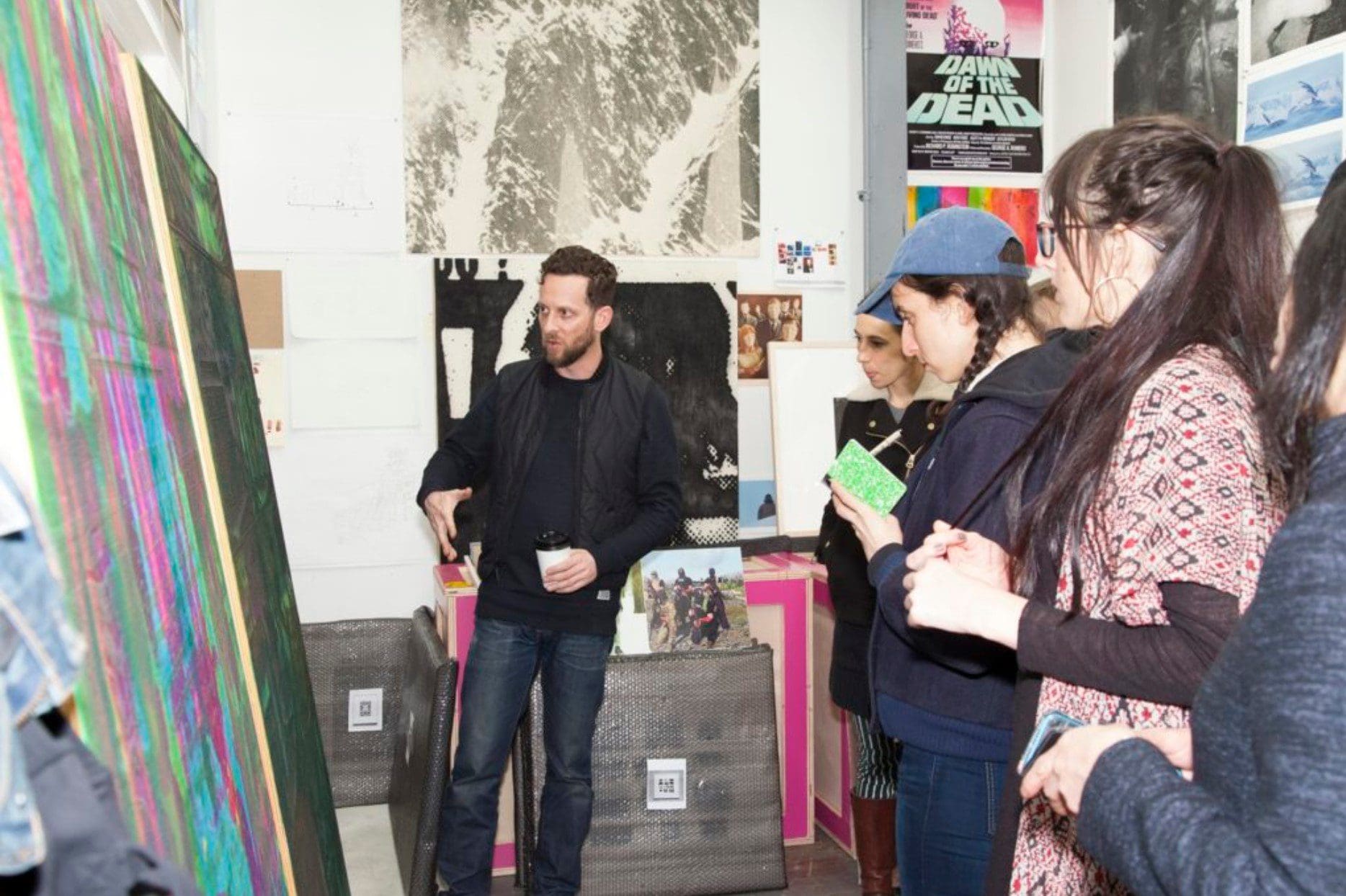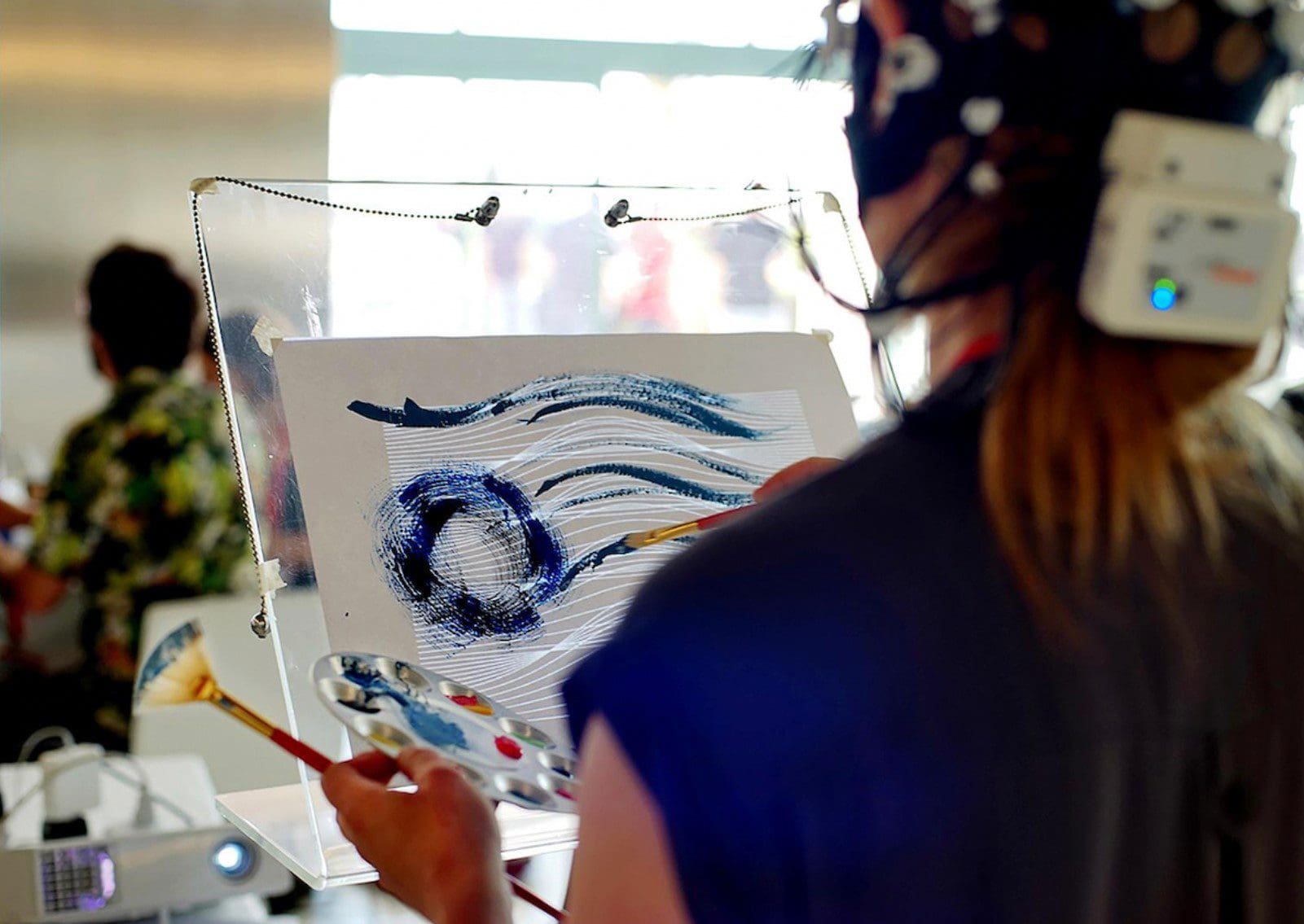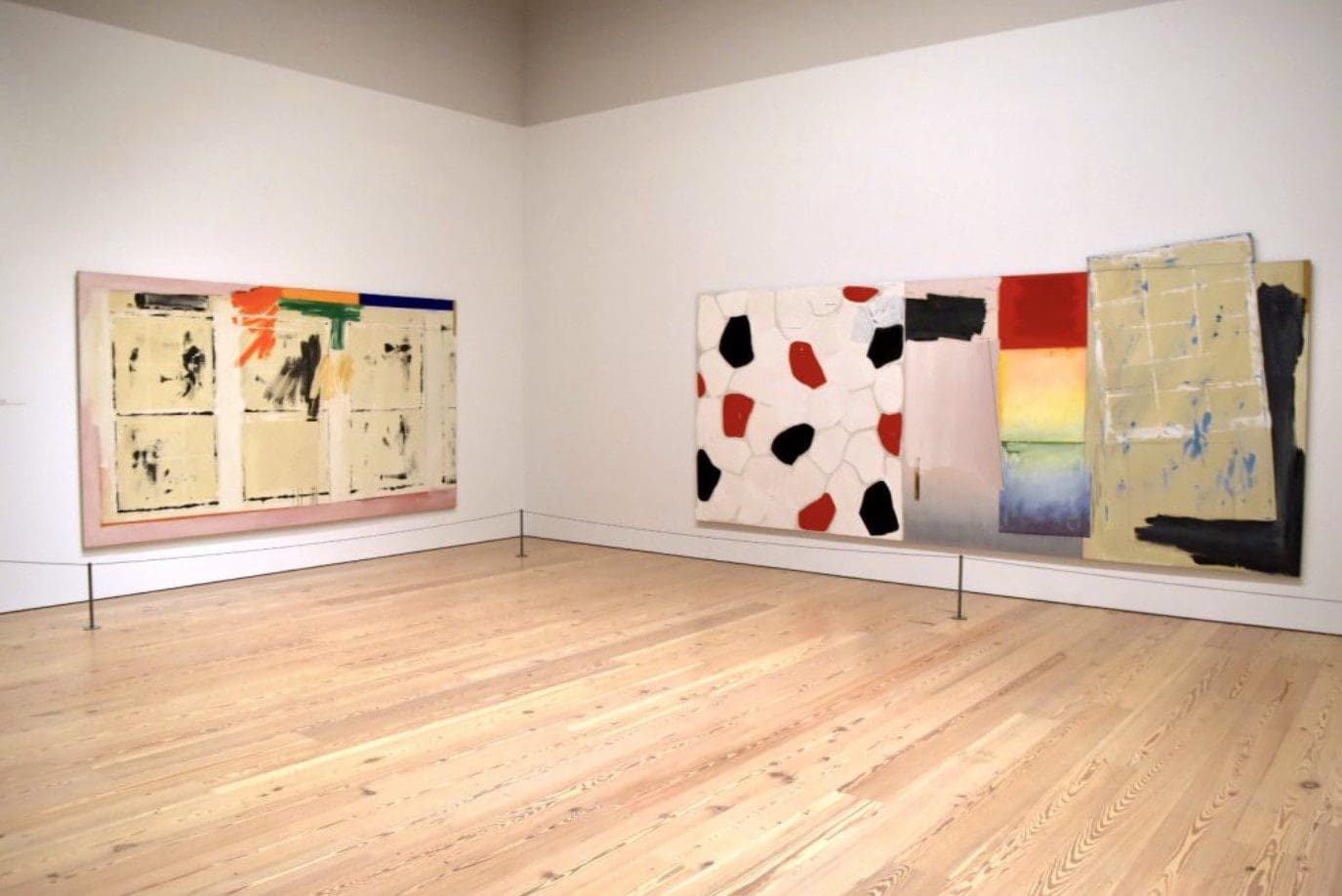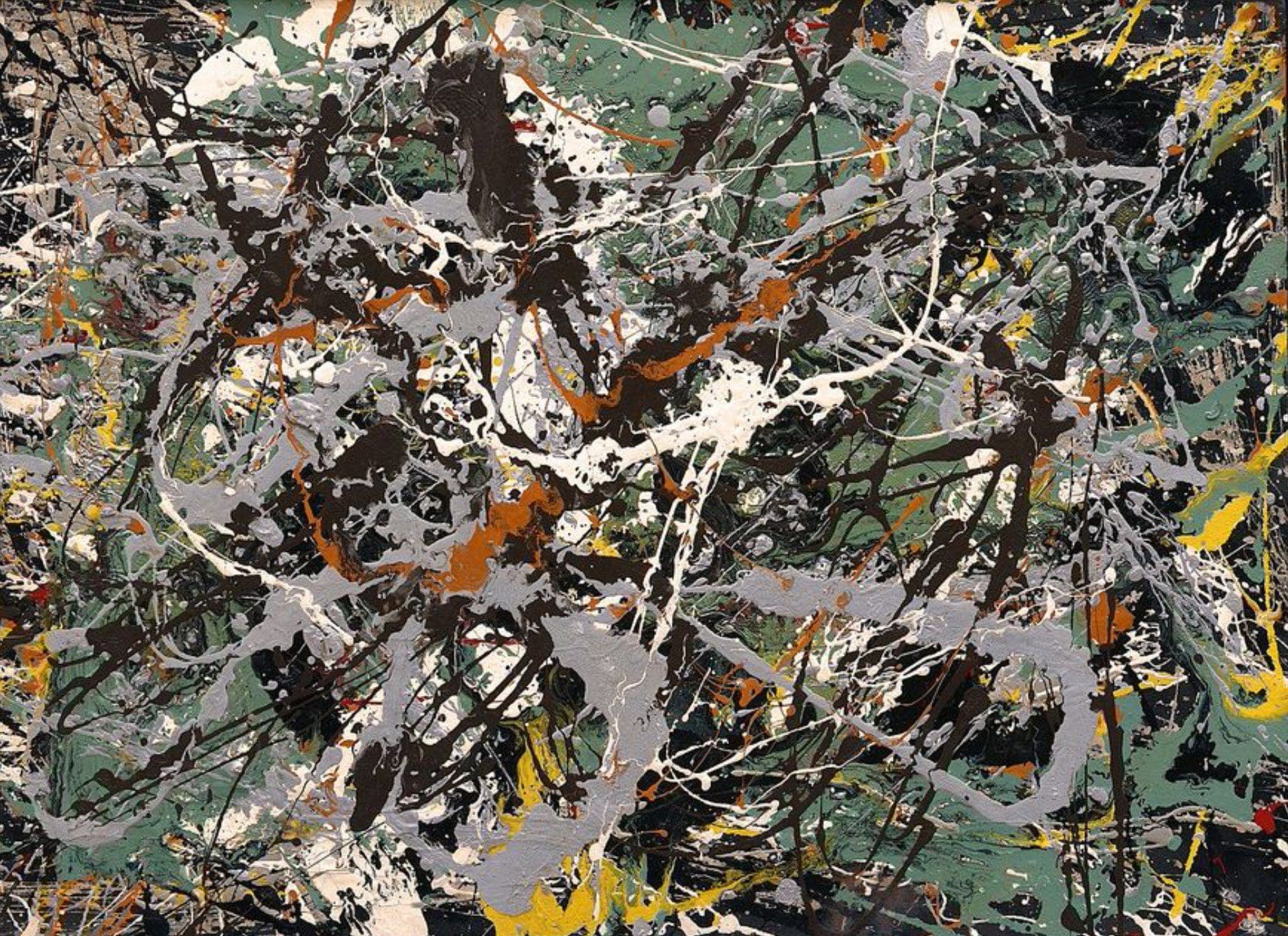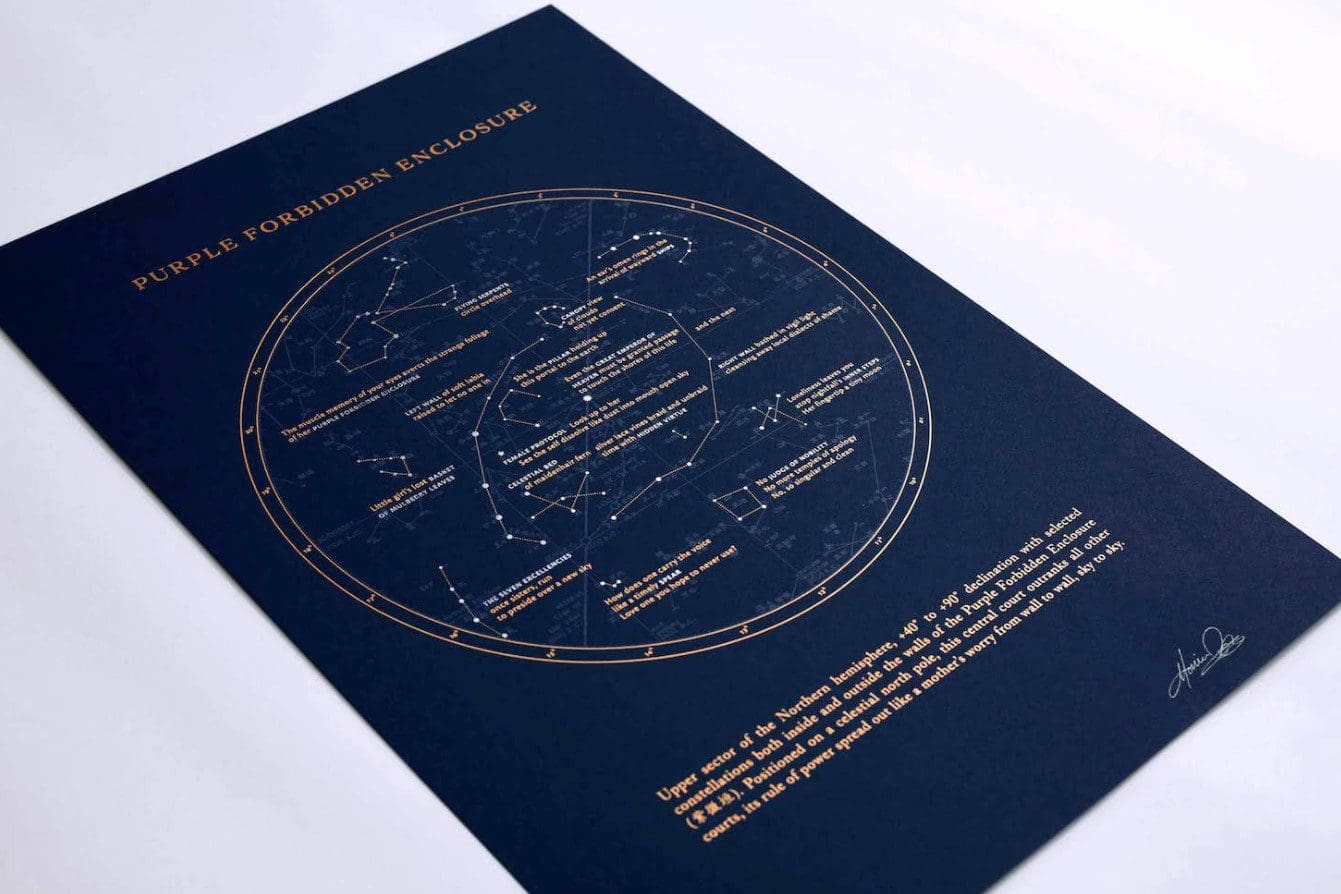The 3D scan analysis developed by Ken Singer and his team.
Artificial intelligence and machine learning could have surprising implications for the future of art authentication, and provide a wider variety of applications than previously thought, a new study shows.
A team of researchers at Case Western Reserve University exchanged older methods of optical analysis with a technique known as 3D imaging, which can detect forgeries with accuracy of up to 96 percent, according to their study, which was published late last year in the journal Heritage Science.
The method appears to lead to more accurate attribution of not only oil and acrylic paintings, but also, crucially, drawings, watercolors, and even sculpture, which have traditionally been difficult to authenticate using existing models of A.I., according to physicist Kenneth Singer, who led the study with a team of art historians and computer scientists.

